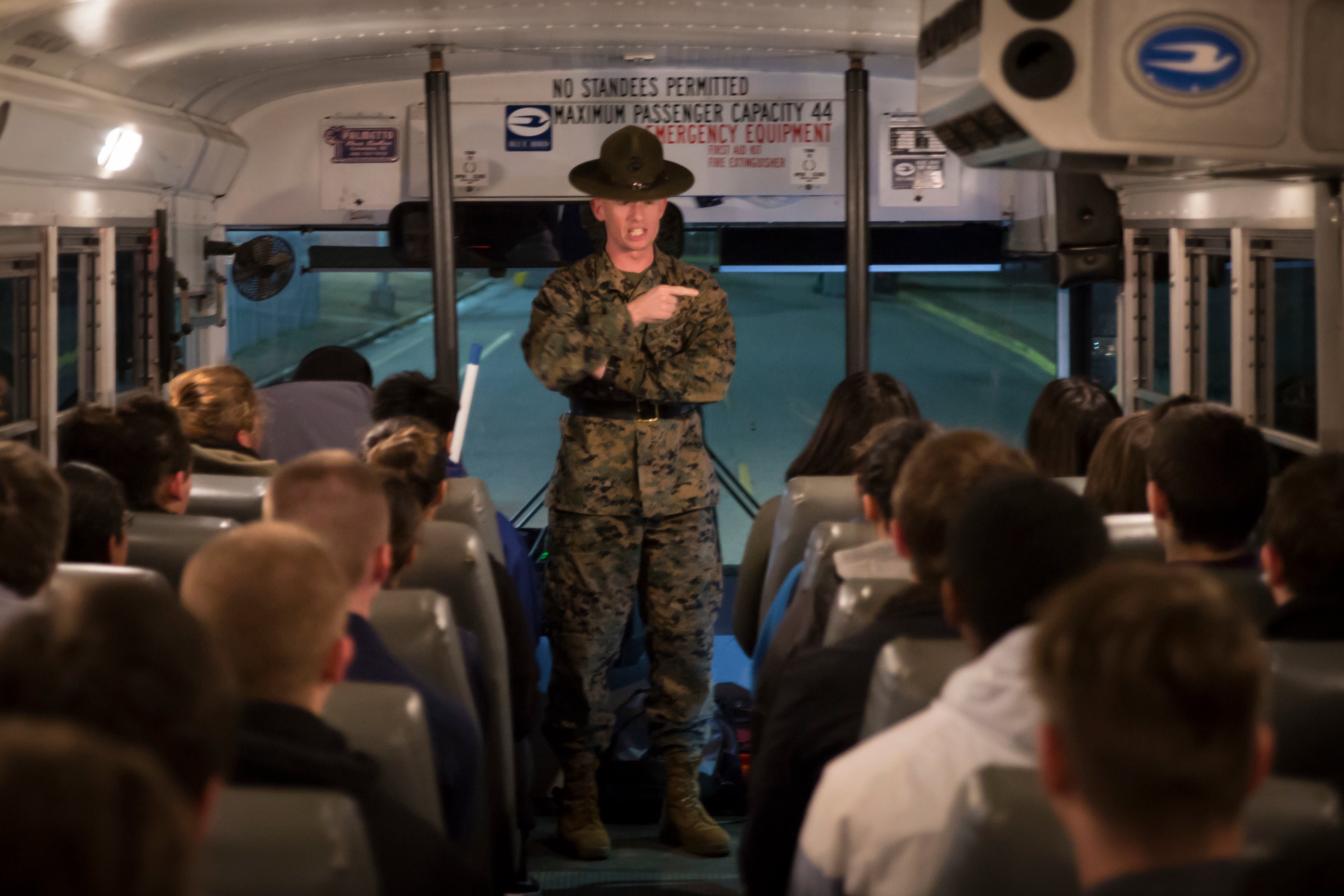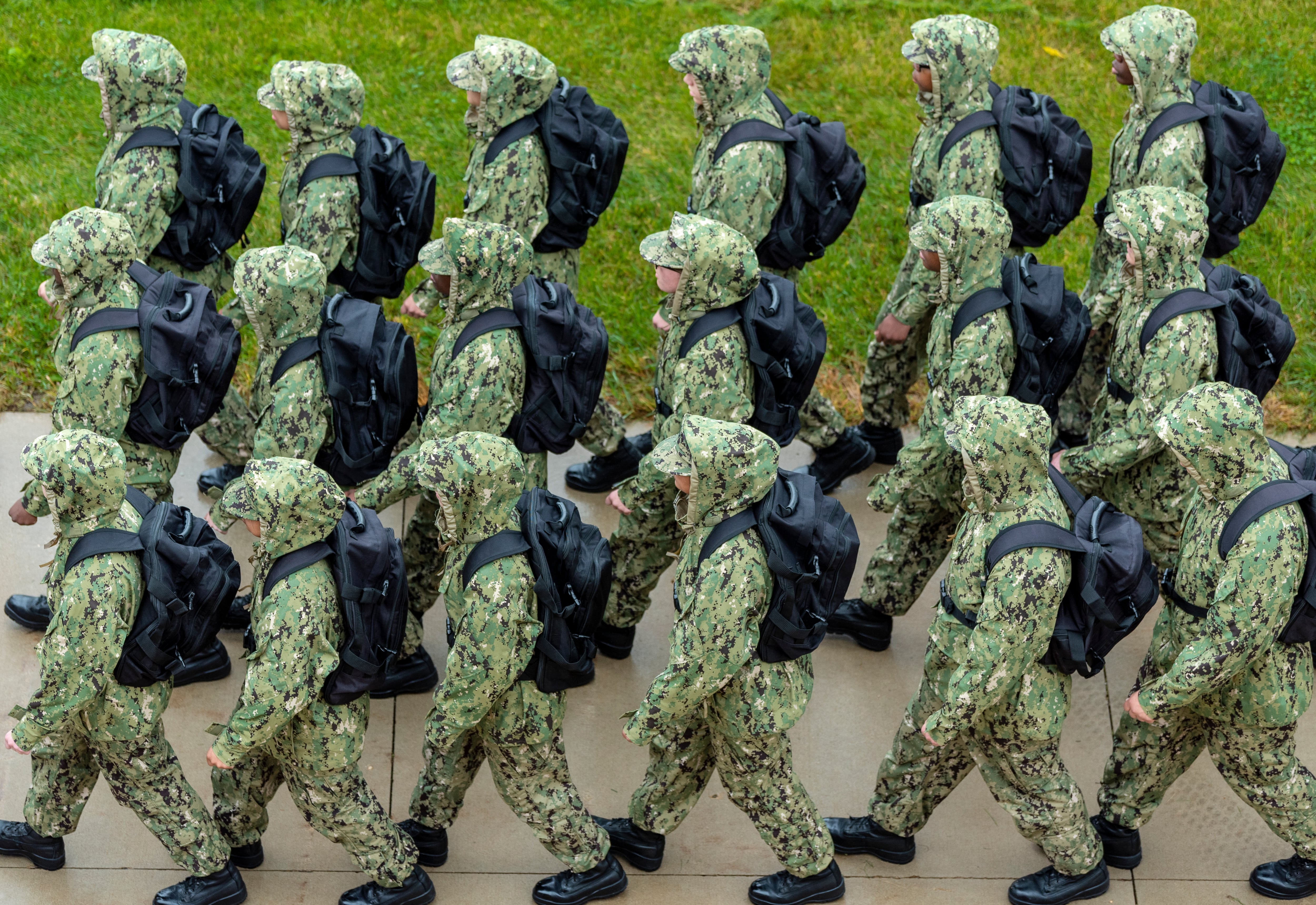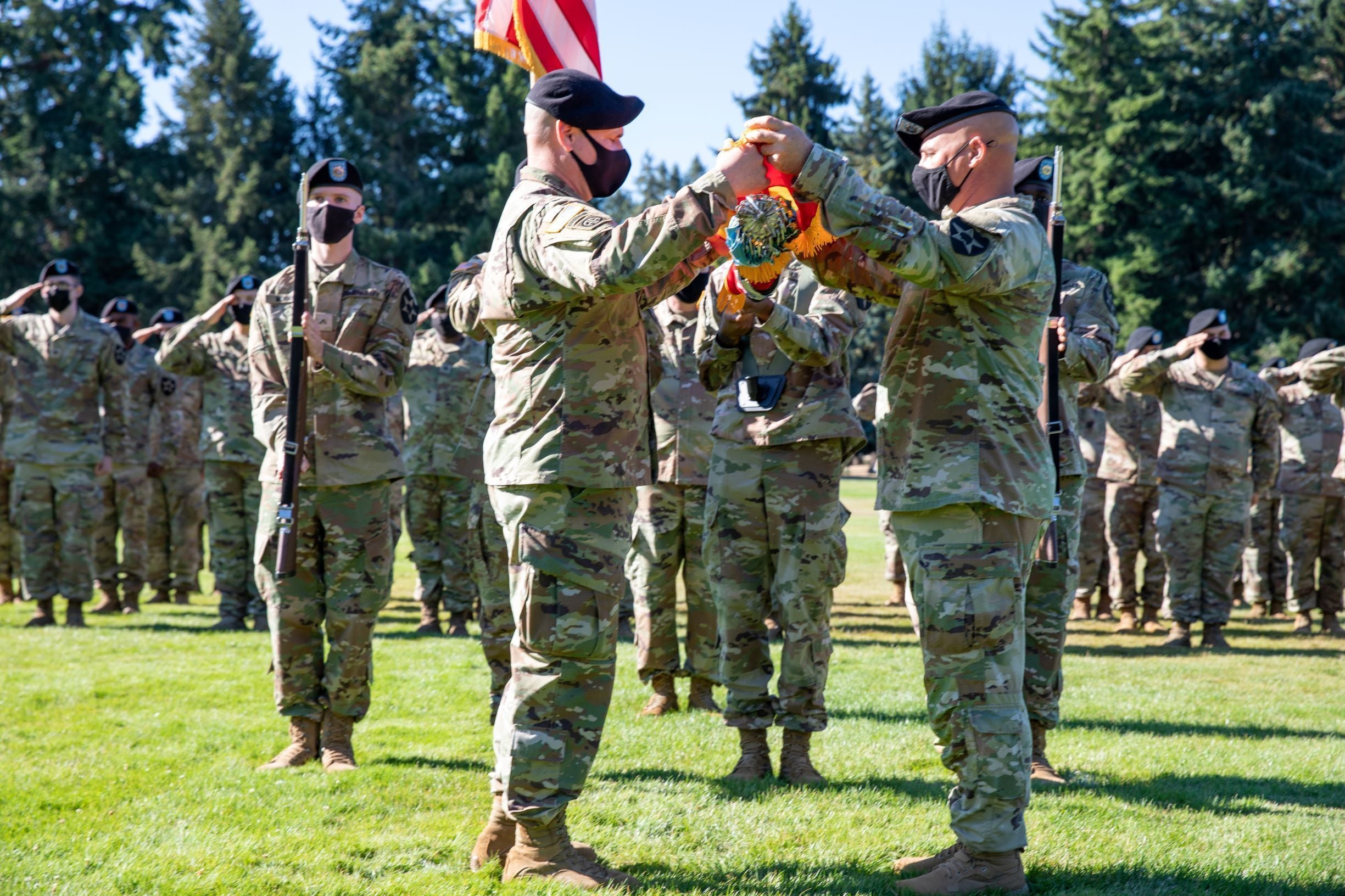Although headlines abounded this summer that the military faces a recruiting crisis, spurred by the Army’s announcement that it expected to miss its accessions goal by thousands, the Defense Department’s most senior leader says he is confident the services will be able to man themselves appropriately to achieve DoD’s stated goals of competing with and deterring China and Russia.
Senior military leaders have lamented the tough recruiting market in recent years, but more recently have begun to dig deep for creative ways to attract America’s youth.
“I’m confident that we’ll have the force to execute our strategy,” Secretary of Defense Lloyd Austin told Military Times Thursday during a press conference to announce the National Defense Strategy.
His stance is perhaps a bit more optimistic than recent comments from other senior military leadership, including Army Chief of Staff Gen. James McConville, who told reporters in October, “we’re certainly concerned,” after the Army announced its final 15,000-soldier recruiting shortfall, 25% of its goal for the year.
RELATED

“We are absolutely facing some significant headwinds right now,” Army Secretary Christine Wormuth said in September during the Maneuver Warfighter Conference at Fort Benning, Georgia.
During a Defense News Conference in September, Air Force Secretary Frank Kendall said that while challenges are not yet at a crisis level, “it’s a situation you need to manage and pay attention to.”
Austin acknowledged that recruiting is a focus area.
“This is a priority for me.” Austin said Thursday. “It’s also a priority for all of our service leaders. And so we continue to invest in those things that will allow us to recruit the best talent that’s out there to man this incredible force.”
The 80-page, unclassified version of the National Defense Strategy makes some reference to focusing force structure in Europe and the Indo-Pacific region, though neither Austin nor a senior defense official offered details on how many troops that would require and where exactly they would go.
“And so as we understand our posture, how do we make sure that we don’t just think about, sort of, folks on the ground, which is just our more traditional view, but for example, in our space capabilities?” the official said Thursday.
RELATED

Officials have repeatedly said the department’s most recent budget request aligns directly with the defense strategy, so it may offer some clues as to the Pentagon’s expectations for force size.
Altogether, the services asked to cut nearly 25,000 positions from their ranks ― many of which are currently unmanned anyway.
The Army and Navy would shrink by more than 5,000 currently serving troops if the proposal is enacted as is, losing about 3,000 and 2,000 service members, respectively. The Air Force wants to drop around 5,700 active duty airmen by the start of fiscal 2023.
Overall, the military could draw down by more than 10,000 troops in 2023, though the Marine Corps and Space Force would see a small bump. The new authorized end strength could come in at 2,122,900, down from 2,147,540 in 2022.
This is a reversal, of course, for the Army, which back in 2017 set a goal of 500,000 active duty soldiers by 2028.
“The low unemployment rate right now, and the declining propensity to serve that I think several services are seeing ― the Army felt it was not productive to try and chase that number,” Pentagon Comptroller Michael McCord told reporters in April.
Austin did not say whether the strategy would require any adjustments to manpower levels or any specific movements of troops around the world.
“In terms of our force posture, we went through a force posture review very early on,” Austin said. “There are incremental adjustments from time to time to that force posture … that we provided.”
However, the results of the review, announced last November, were classified.
“We endeavor to be as transparent as possible, but to avoid giving our adversaries any advantage, we need to protect details on any immediate changes in our posture,” an official said at the time.
Though officials have been mum on any negotiations about changing the mix of forward-deployed and rotating troops abroad, defense officials in recent years have put both of those possibilities on the table.
RELATED

“My advice would be to create permanent bases, but don’t permanently station,” Army Gen. Mark Milley, chairman of the Joint Chiefs of Staff, told the House Armed Services Committee on April. “So, you get the effect of permanence by rotational forces cycling through permanent bases.”
At the time, the U.S. had mobilized roughly 20,000 troops to Europe in response to Russia’s invasion of Ukraine, calling into question whether a more robust presence in Europe would be necessary going forward.
In the preceding years, the Army had closed some of its permanent garrisons in Germany and replaced that posture with heel-to-toe rotational deployments.
And in Asia, the discussion of whether tens of thousands of permanently-based troops in Japan and Korea is the best way to deter China and North Korea has continued.
In 2021, the Army announced it would move an artillery headquarters from Joint Base Lewis-McChord, Washington, to South Korea, while a previously rotational attack helicopter presence would also be permanently based in South Korea.
Meghann Myers is the Pentagon bureau chief at Military Times. She covers operations, policy, personnel, leadership and other issues affecting service members.





